Table of Contents
- Introduction
- What Is Rosemary and Why Vaporize It?
- Active Compounds in Rosemary Vapor
- Cognitive and Respiratory Benefits
- Ideal Temperature for Vaporizing Rosemary
- How Much Rosemary to Vaporize
- Use Cases by Time of Day
- Herbal Combinations That Work Well with Rosemary
- Incorporating Rosemary into Vaporizing Rituals
- Breathing Techniques for Rosemary Vapor
- Safety and Contraindications
- Conclusion
- About the Author
Introduction
Rosemary (Rosmarinus officinalis) is one of the oldest and most versatile medicinal herbs in European herbal tradition. Traditionally used for memory, clarity, and lung health, rosemary is gaining renewed attention among vaporizer users seeking a non-sedative botanical that supports both the mind and body. Its sharp, piney aroma signals immediate freshness—and its vapor delivers powerful essential oils that activate, clear, and stimulate.
This guide explores the science and ritual of vaporizing rosemary: how it works, when to use it, and how to harness its full potential for respiratory and cognitive support. When used with mindful breathwork and proper temperature control, rosemary can become a tool for vitality and presence—especially in moments of mental fog or physical stagnation.
What Is Rosemary and Why Vaporize It?
Native to the Mediterranean basin, rosemary has been used for over 2,000 years to stimulate the mind, improve digestion, and support the lungs. In folklore, it was burned during plagues, placed at altars, and worn in wreaths for remembrance and ritual protection.
Today, rosemary is recognized for its ability to:
- Enhance concentration and cognitive speed
- Reduce mental fatigue and restore energy
- Open and soothe the respiratory tract
- Act as a natural antimicrobial agent
Vaporizing rosemary allows you to experience these effects directly through the lungs—without the digestive delay of tea or the concentrated sharpness of essential oil inhalers. It’s especially useful for users seeking quick, targeted cognitive stimulation without caffeine or synthetic nootropics.
Active Compounds in Rosemary Vapor
Rosemary’s essential oils are composed of volatile terpenes and phenolic compounds that influence both physiology and mood. When heated gently, these compounds become bioavailable through the lungs and olfactory system.
Key Compounds Include:
- 1,8-Cineole (Eucalyptol): Supports alertness, bronchodilation, and clear breath
- Camphor: Slightly stimulating, enhances blood flow and awareness
- Alpha-pinene: Promotes memory retention and mental performance
- Rosmarinic acid: Offers antioxidant and anti-inflammatory effects (partial vaporization only)
Scientific studies have noted improved cognitive performance after rosemary aroma exposure, particularly through increased beta brain wave activity and acetylcholine modulation. Vaporization may provide a more direct pathway than passive diffusion.
Cognitive and Respiratory Benefits
Unlike sedative herbs that calm or slow the nervous system, rosemary sharpens. It is ideal for:
- Morning or midday use
- Resetting energy after mental fatigue
- Creative or strategic work
- Clearing congested or sluggish lungs
Its aromatic sharpness also makes it a cleansing herb in ritual contexts—suitable for spaces, transitions, or internal reset. Whether used alone or with lemon balm, peppermint, or sage, rosemary vapor is both an activating and balancing ally.

Ideal Temperature for Vaporizing Rosemary
To preserve rosemary’s active volatile oils while avoiding degradation or harshness, temperature control is essential. The optimal range lies between 130°C and 160°C, depending on desired intensity and blend.
| Temperature (°C) | Primary Effects |
|---|---|
| 130–140 | Light aroma, breath clarity, mild stimulation |
| 140–155 | Balanced vapor, cognitive support, energy shift |
| 155–165 | Stronger bronchial effect, bitterness may appear |
Avoid temperatures above 170°C, as this can degrade 1,8-cineole and camphor, leading to a dry or sharp inhale. For full-spectrum clarity and respiratory support, a layered session from 135°C to 155°C is recommended.
How Much Rosemary to Vaporize
Rosemary is intense. Small amounts go a long way in terms of aroma and effect. Excess use may result in throat dryness or overstimulation, particularly in sensitive individuals.
- Amount per session: 0.05–0.1 g dried rosemary leaf
- Form: Whole dried leaf or lightly crushed (not powdered)
- Storage: Airtight jar, cool, dry, and out of direct sunlight
Use fresh rosemary only if thoroughly dried. Moisture inhibits vapor production and may lead to uneven heating. Monitor vapor quality to know when to reload—see our guide on when to refill for details.
Use Cases by Time of Day
Morning
Use rosemary alone or with lemon balm between 135–145°C. Ideal for setting a focused tone for the day. Enhances productivity without overstimulation.
Midday
Use during breaks or after meals to restore energy and breathing. Combine with peppermint or thyme for sharper respiratory effect.
Evening
Not recommended late at night unless used in very low dose. If paired with lavender or blue lotus, rosemary can support mental clarity in dream work rituals.
Herbal Combinations That Work Well with Rosemary
Rosemary’s stimulating and aromatic profile can be balanced or amplified through careful blending with other herbs. These combinations can shift the character of the session toward clarity, breath, or emotional tone depending on your needs.
Recommended Pairings:
- Peppermint: Enhances breath clarity and alertness; use in short sessions around 140°C
- Lemon Balm: Balances stimulation with calm; good for mental focus with emotional balance
- Sage: Supports deep breathing, cleansing, and energetic release; ideal in transitional rituals
- Tulsi (Holy Basil): For spiritual uplift, resilience, and balanced energy throughout the day
Layering rosemary in multi-phase sessions with low-to-mid temperature herbs offers a way to control the rhythm of your experience. Start with rosemary, then add grounding or calming botanicals to close.
Incorporating Rosemary into Vaporizing Rituals
As a herb associated with mental clarity, protection, and remembrance, rosemary is ideal for short, focused rituals—especially during transition points in your day. Here is one approach:
Focused Morning Activation
- Open windows to fresh air
- Heat your vaporizer to 140°C
- Take 3–4 slow, full draws of rosemary vapor
- Pause for a short journaling prompt or breathwork session
- Transition into your first task or meditation with intention
Alternatively, rosemary can be used to clear space or mind before creative work, meetings, or emotional reset. Because of its cognitive lift, it serves well as a mental primer, especially when paired with reflection or a light movement practice.
Breathing Techniques for Rosemary Vapor
Rosemary vapor can be intense. Controlled inhalation ensures you absorb its active compounds without irritation or overexposure. Use the following technique for clarity-focused sessions:
Recommended Breath Cycle:
- Inhale slowly through the vaporizer for 4–5 seconds
- Pause for 1–2 seconds
- Exhale through the nose to engage olfactory response and brain activation
- Rest for 30 seconds between draws
This cycle encourages engagement with the herb’s respiratory and neurological properties while avoiding overuse. It also trains breath awareness—an essential skill for effective vaporizing practices. For more, see our detailed guide on how often to inhale from a vaporizer.
Safety and Contraindications
While rosemary is generally safe when used in small amounts, its essential oil content requires some caution when vaporized. Sensitive users or those with underlying conditions should begin with very low doses.
Use with Caution or Avoid If You:
- Have asthma or respiratory hypersensitivity (test gently)
- Are pregnant or breastfeeding
- Experience overstimulation or headaches from strong aromas
- Use anticoagulant medication or have seizure history (consult a professional)
Always source clean, unsprayed rosemary that is fully dried and free from mold or additives. Never use essential oils directly in a dry herb vaporizer.
Conclusion
Rosemary is a unique botanical in the vaporizer world: activating rather than calming, clarifying instead of sedating. For those seeking mental brightness, lung support, or ritual renewal, it offers a rich, time-tested tool. Used with care and purpose, rosemary vapor can provide a meaningful enhancement to your day—especially when paired with breathwork, reflection, and high-quality equipment.
To experience rosemary’s full aromatic and cognitive benefits, a manual device like the Vapman or a convection-based tool like the Lotus provides the heat control and purity needed to do the herb justice.
About the Author

Michael, Founder & CEO of INHALE Vaporizers
Driven by a passion for clean, mindful vaporization, Michael leads INHALE in crafting elegant and sustainable tools like the Vapman and Lotus. With a deep focus on function, ritual, and natural wellness, INHALE helps people reconnect with the power of plants—one breath at a time.
📩 support@nowinhale.com | Contact us





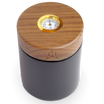



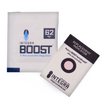


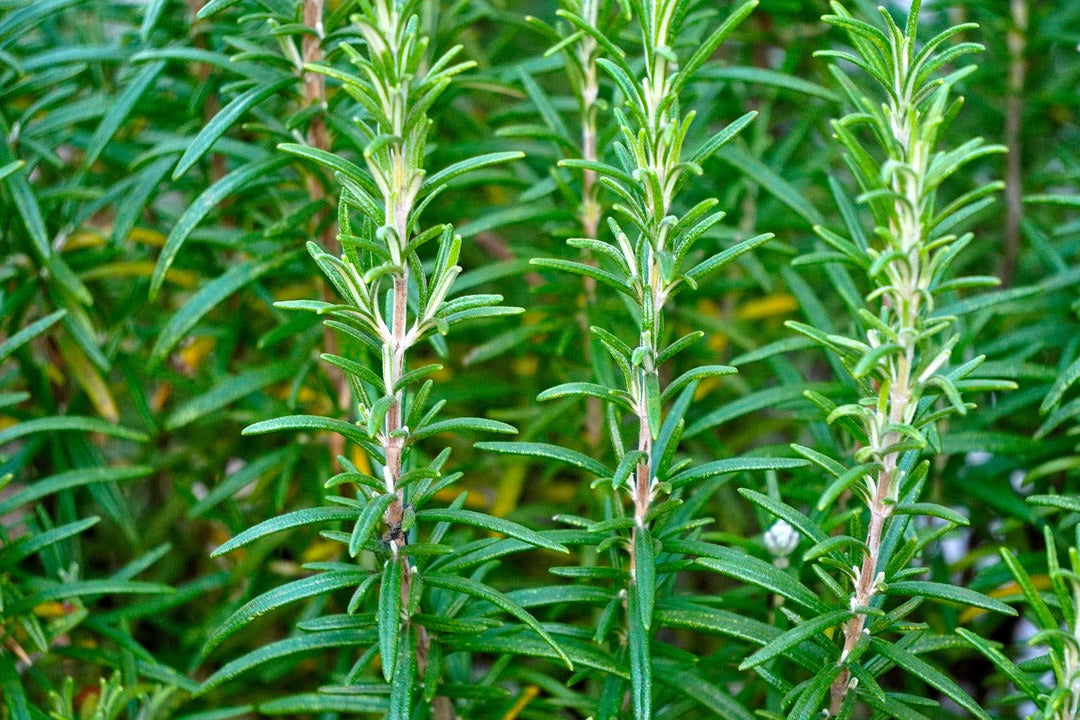
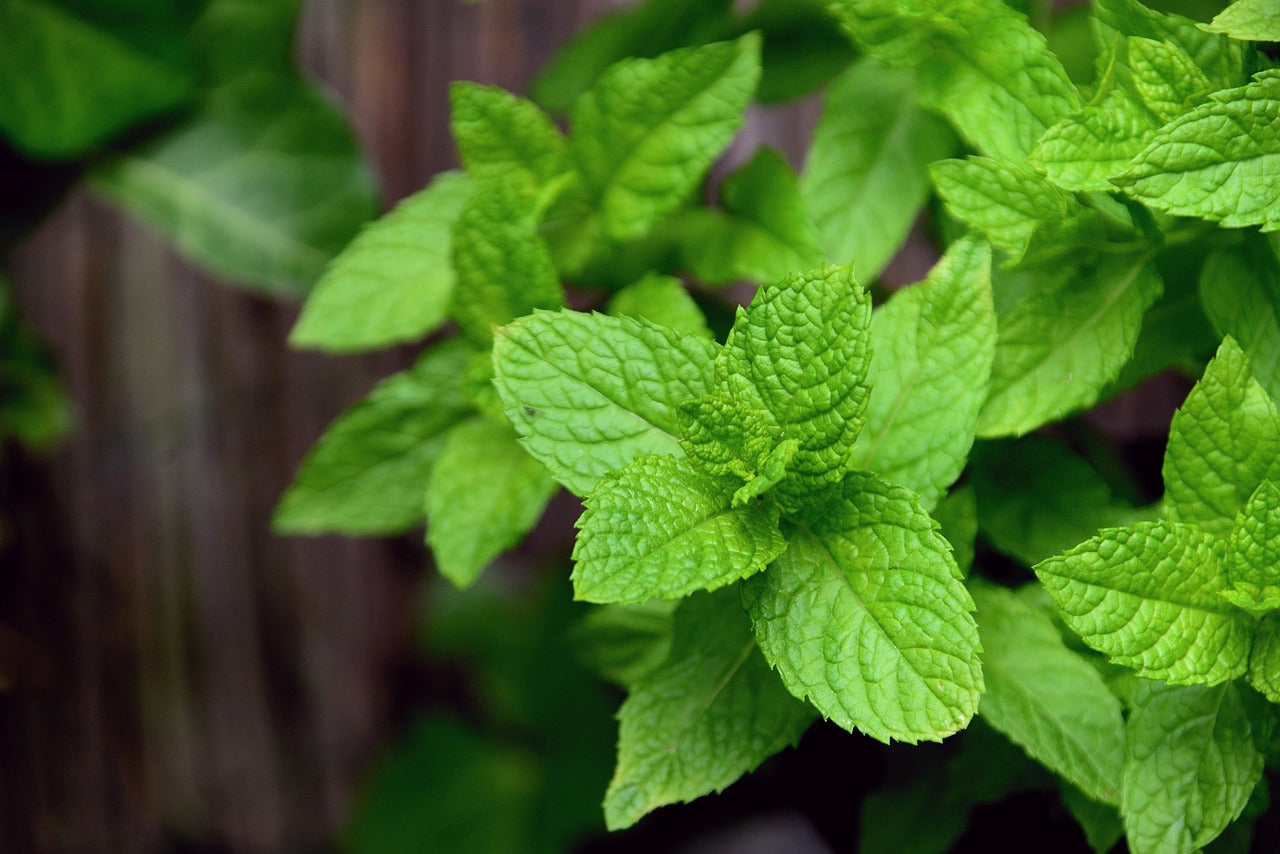
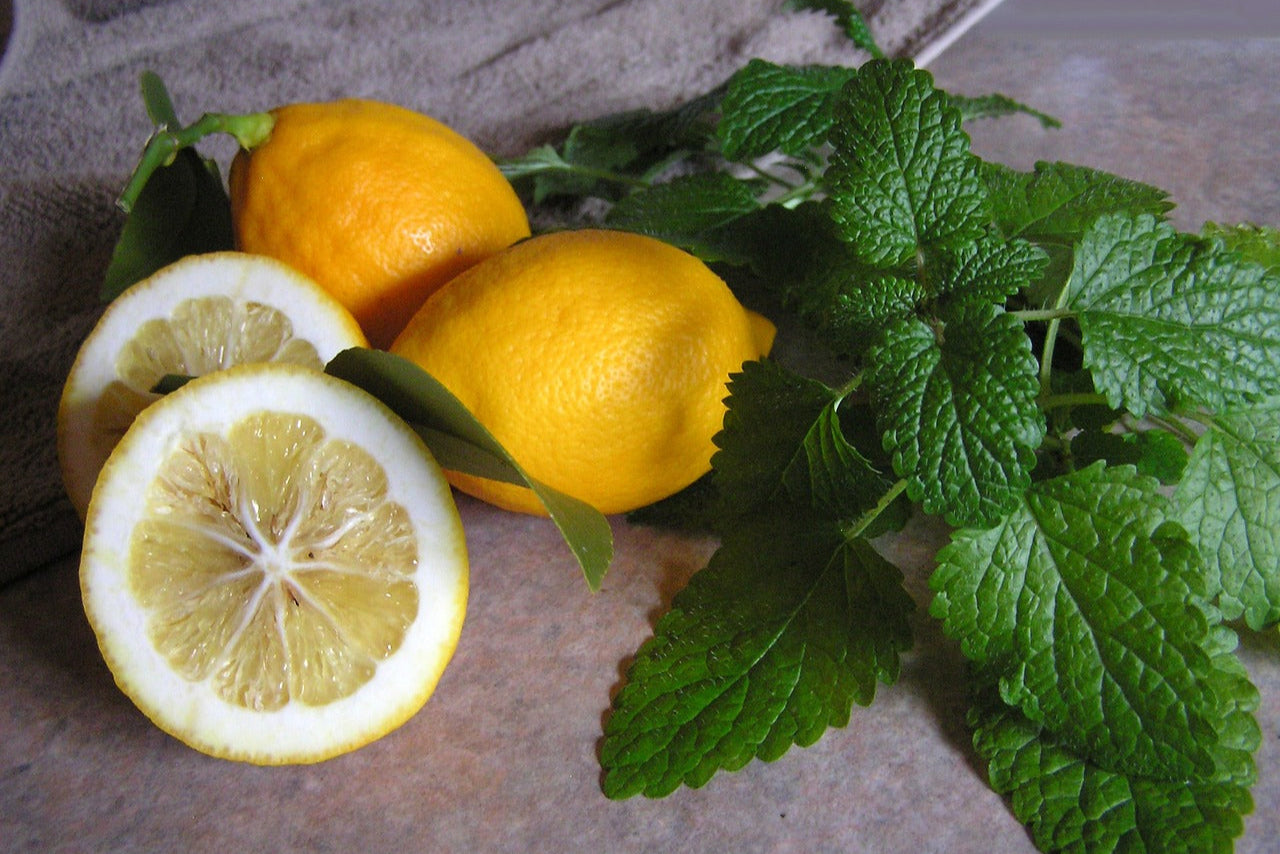


Leave a comment
All comments are moderated before being published.
This site is protected by hCaptcha and the hCaptcha Privacy Policy and Terms of Service apply.